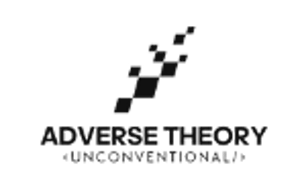$1,399.00
| Date | Day | Time | Duration |
| 27 Aug | Tuesday | 0900-17:00 ICT/GMT+7 | 8 Hours |
| 28 Aug | Wednesday | 0900-17:00 ICT/GMT+7 | 8 Hours |
Given the crucial role of Active Directory, understanding its architecture, protocols, attack surface, and common weaknesses are key for structuring effective and repeatable penetration testing initiatives.
This workshop presents a beginner-friendly methodology to assess Microsoft AD environment. Starting from the introduction of effective domain enumeration techniques, students are presented with the most common misconfigurations affecting AD environments, and how to detect and exploit such issues to demonstrate the related impact.
As part of the workshop, multiple real-world case studies will be offered to attendants including examples of techniques adopted by modern Advanced Persistent Threats (APTs) to attack the most secure Active Directory environments on the planet.
Overview on Active Directory Penetration Testing
Extensive Active Directory Domain Enumeration
Abusing Active Directory for Local Privileges Escalation
Domain Persistence Techniques
Domain Privileges Escalation
Lateral Movement
Overview on Cloud-based & Hybrid Active Directory Security

Alessandro Salzano is a senior Red Teamer with over a decade of experience in delivering a wide range of cybersecurity services, including end-to-end red teaming operations, enterprise perimeter intrusion, and Internet of Things (IoT) vulnerability research, for clients operating in the banking, energy, insurance, and public sectors.
Alessandro holds multiple cybersecurity certifications including OSCP, CRTP, eCPTX, and Certified Red Team Analyst from CyberWarFare Labs.
Having a background as a system administrator and data integrity consultant, he holds an in-depth knowledge of the technological landscape of enterprise infrastructure, including security processes & procedures, threats, and risks affecting modern organization.
Alessandro is specialized in modern Microsoft Active Directory infrastructure intrusion and on R&D of advanced post-exploitation Tactics, Techniques, and Procedures (TTPs) for Window platforms.

Adverse Theory is a disruptive startup focused on delivering “unconventional” cybersecurity advisory services to support organizations in establishing security teams, managing large-scare security programs, and developing innovative security technologies.
